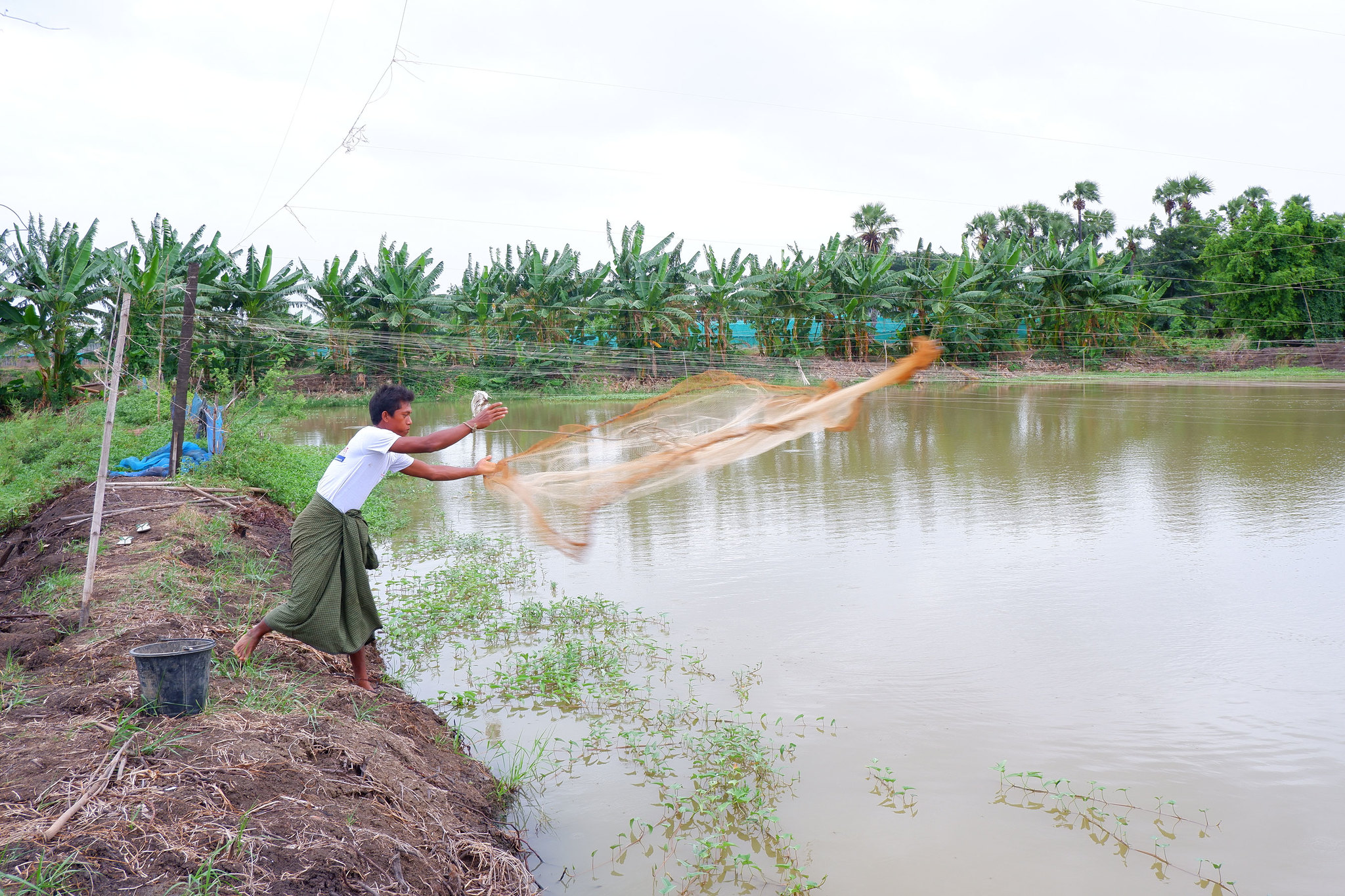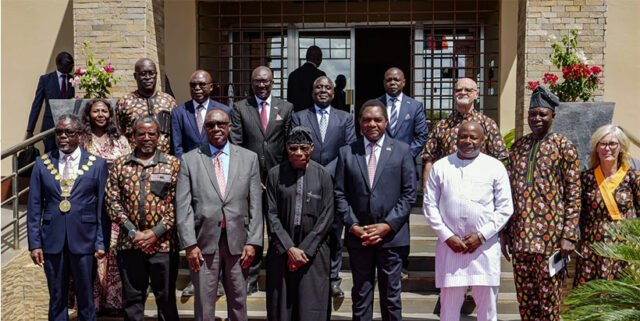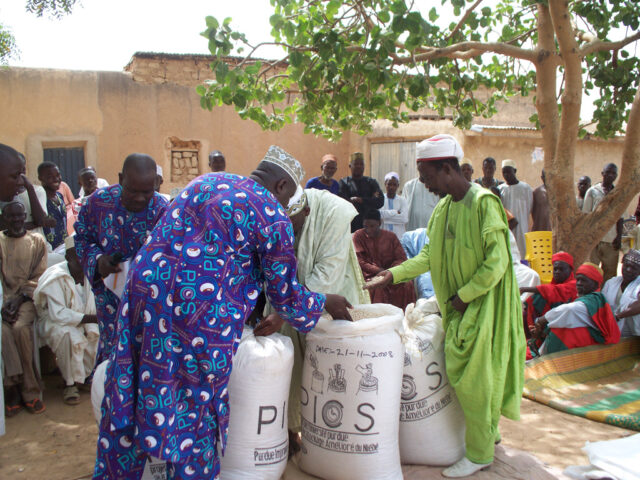
New research from Myanmar suggests that diversification in small-scale fish farming can make a positive contribution to sustainable intensification, while raising questions about the role of better management practices (BMPs) in diversified production systems.
With aquaculture one of the fastest growing food sectors in the world, small-scale fish production on homesteads in developing countries has made significant contributions to food and nutrition security, improving rural livelihoods and economic growth more broadly. But rapid growth has come at a cost to the environment with, for example, increasing use of pelleted feeds and agrochemicals to boost productivity linked to higher incidence eutrophication (accumulation of nitrogen in waterbodies, causing algal blooms), acidification of water bodies, freshwater ecotoxicity, and biodiversity loss.
As a result, the sustainable intensification of aquaculture – involving different approaches to diversify and boost production while limiting or reducing the environmental impact – has been receiving growing global interest. Diversification practices can include pond polyculture (raising different species of fish together) and pond-dike cropping (combining fish production with vegetable/fruit crops on adjacent land). But these can also cause issues – for example, if contaminated pond water is used to irrigate nearby crops, it can cause problems for human health.
Enter small-scale aquaculture BMPs, which aim to boost production and profitability while reducing the negative environmental impact of fish farming. Production-related BMPs, aim to increase aquaculture yields, for example, via proper species and feed selection, fish stocking densities and post-harvest fish handling. Environment-focused BMPs, meanwhile, might aim to limit agrochemical use while promoting organic fish feed and alternatives to antibiotics. However, there are major knowledge gaps relating to how the adoption of different diversification practices contribute to sustainable intensification, and how simultaneous adoption of BMPs can help.
To find out, scientists from WorldFish, the University of Tokyo and United Nations University – as part of the Fish for Livelihood (F4L) project, supported by USAID and the CGIAR Initiative on Aquatic Foods – surveyed 624 households practicing small-scale aquaculture in central and northern Myanmar. They studied the effects of adopting diversification practices and BMPs on six sustainability outcomes: aquaculture yield, aquaculture benefit-cost ratio, nitrogen use efficiency, phosphorus use efficiency, fish self-consumption (the quantity of fish consumed at the household level), and household dietary diversity.
The results – published in Environmental Research Letters – reveal that the adoption of diversification practices involving fish polyculture (with or without BMPs and/or pond-dike cropping) provided significant positive effects on yield, profitability, fish self-consumption, and household dietary diversity, compared to unimproved, single-species aquaculture. Diversified aquaculture systems also improved phosphorus use efficiency, but no major effect was observed on nitrogen use efficiency. The researchers state that this might have been because the surveyed farms, on the whole, were already proficient in using nitrogen-related inputs, but it suggests a need to better understand the underlying mechanisms.
In addition, the results noted a clear challenge for BMPs: their addition to diversified production models did not seem to provide clear-cut economic benefits, resulted in only limited effects on food security and had practically no overall effect on the sustainability outcomes. This calls into question the value of their role in the sustainable intensification of small-scale production systems, and suggests the need for context-specific improvements to the BMPs used in the study, or the development of new ones.
*
This work also acknowledges the Ministry of Education, Culture, Sports, Science and Technology, Japan (201517) and the China Scholarship Council (201906310001) for a PhD scholarship to Quanli Wang.



